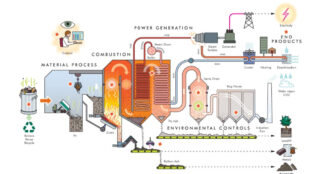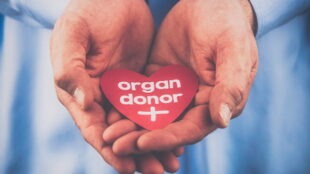Burning Issues: Exploring the EPA’s New Rule for Trash Incineration
(Source) On Jan 11, 20024, the EPA proposed a new rule with a more stringent air pollution standard for large waste plants that burn municipal solid waste. The newly proposed standard by the EPA would apply to the 57 facilities across the nation that can burn more than 250 tons of waste per day. The new standards aims to reduce emissions of nine pollutants, including smog- and soot-forming sulfur dioxide and nitrogen oxides by around 14,000 tons per year which will in turn improve air quality for communities living near these facilities. Why Should We Care About The “Burning” Issue? Although landfills have long dominated the scene of U.S. waste disposal landscape, waste to energy incineration (WTE) is a growing trend. WTE plants are a form of waste incineration thatuses household garbage as fuel for power generation, similar other power stations using coal, oil, or natural gas. Combustible waste generates heat, which is used to boil water and produce steam. This steam then drives a turbine to generate electricity (for specifics see diagram above). However, waste incineration is a key source of toxic agent emissions. According to EPA’s estimation, incinerators in the United States emitted nearly 50,000 tons [read more]










